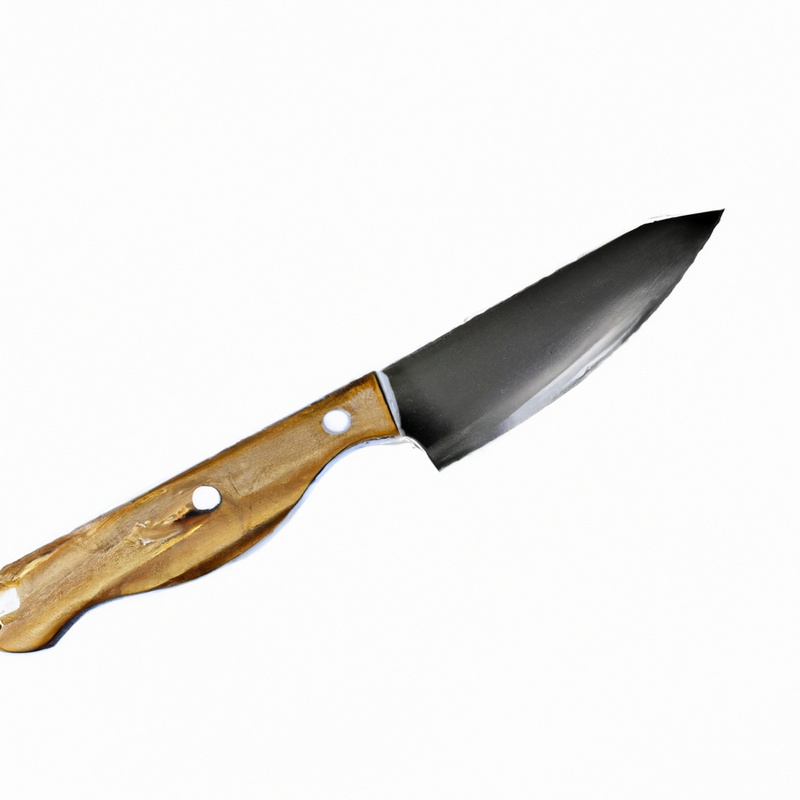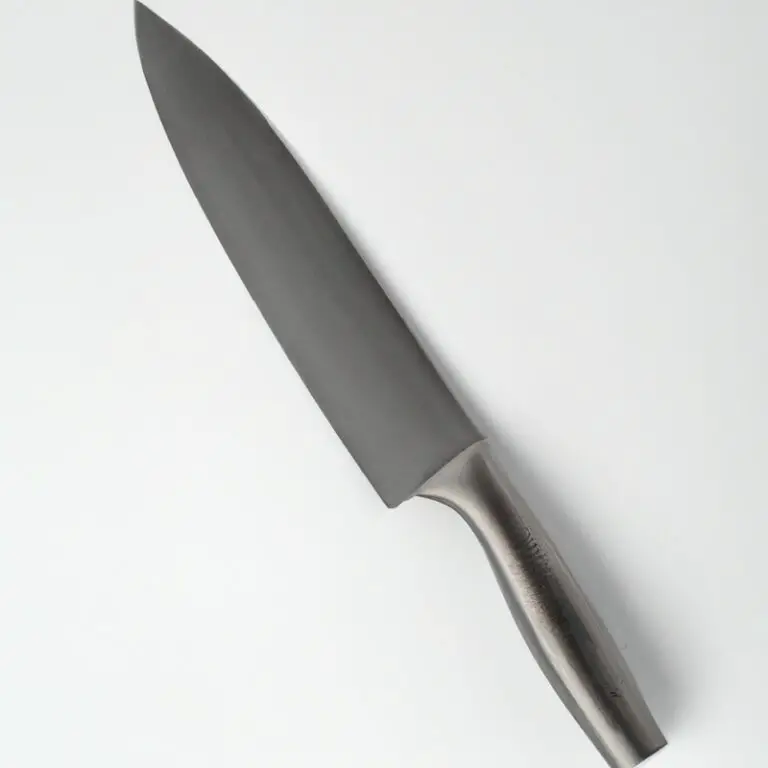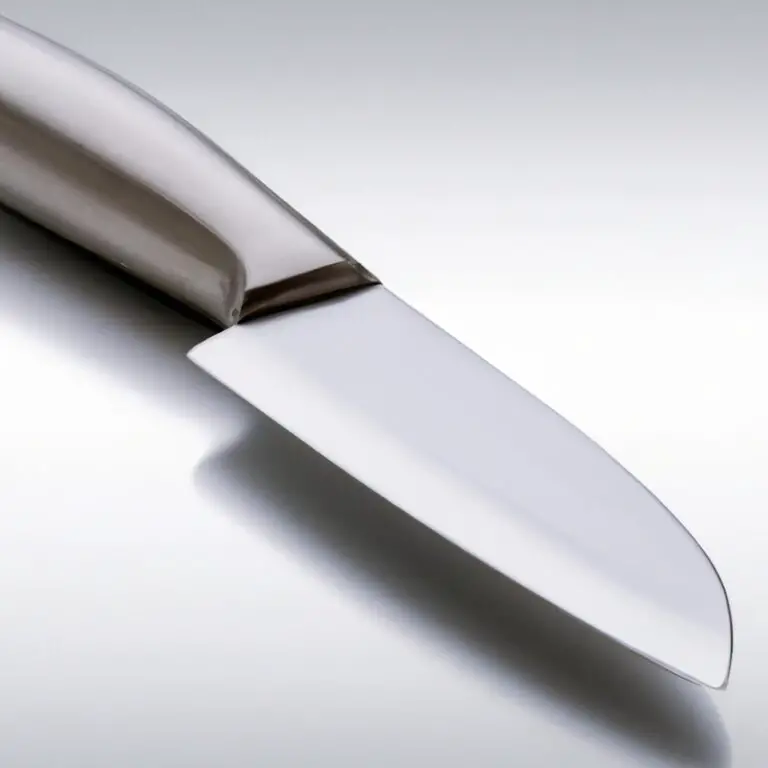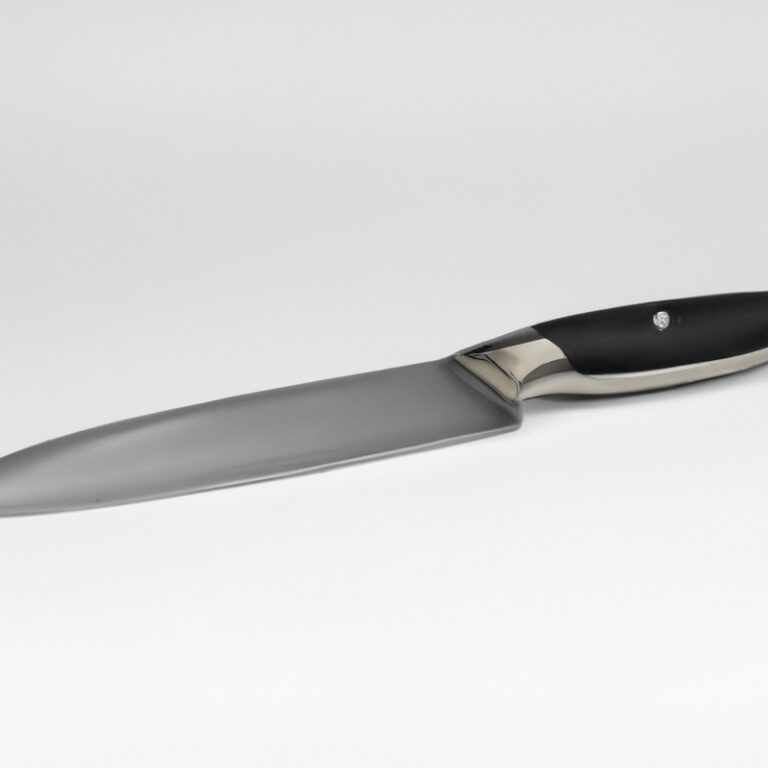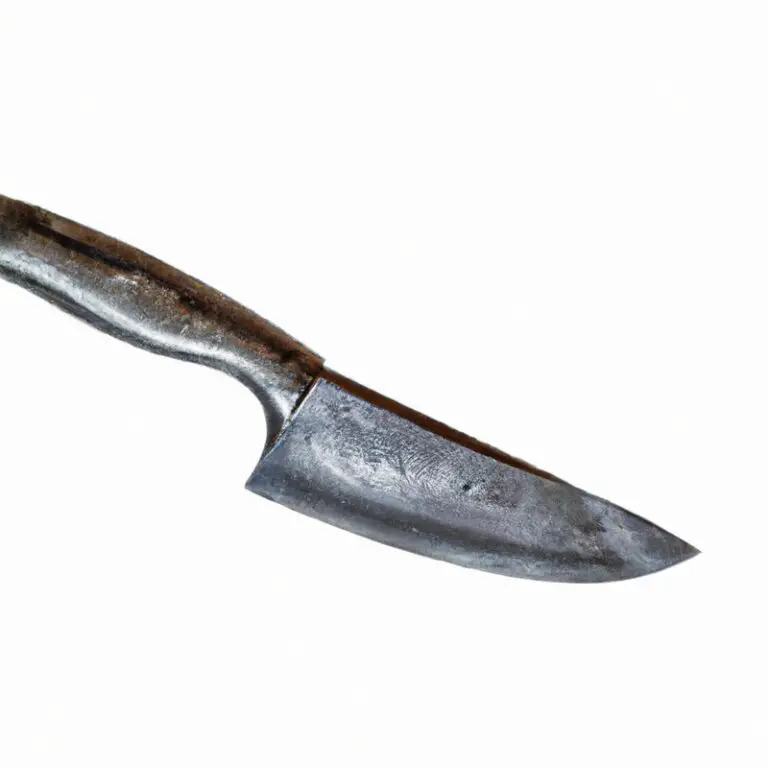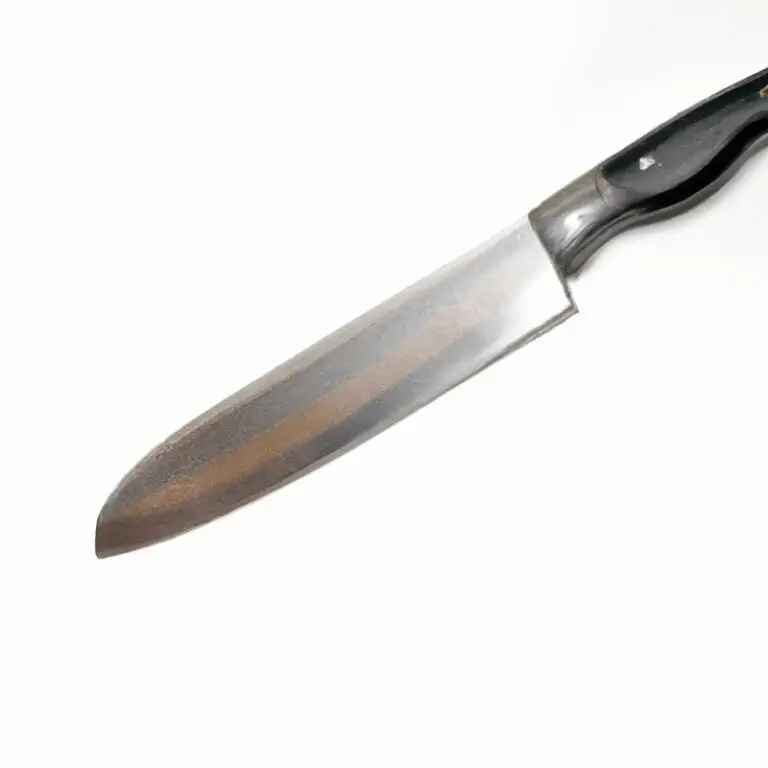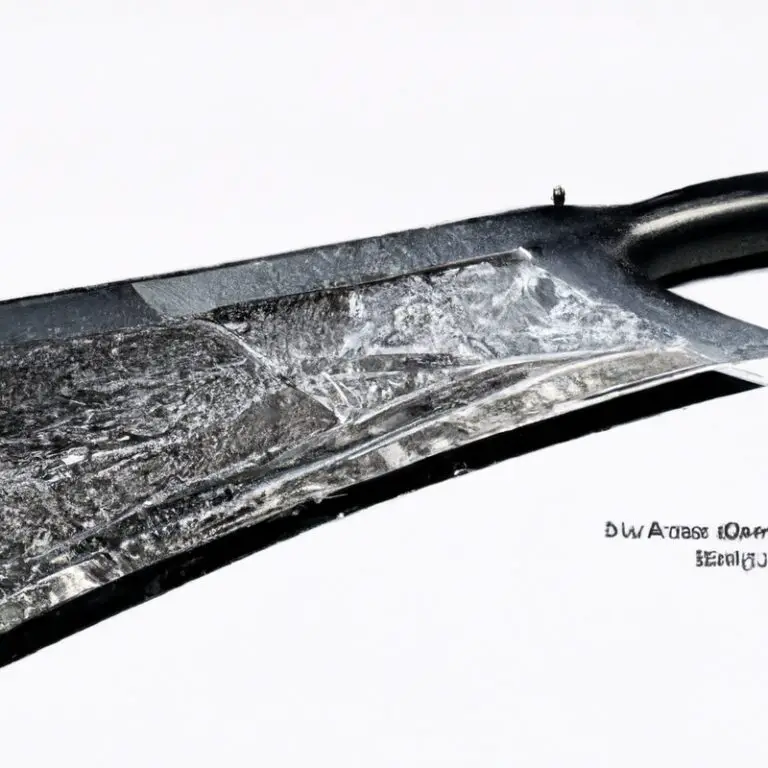How To Fillet a Cod Using a Fillet Knife? Master The Art Of Filleting!
Key Takeaways:
- A sharp fillet knife is essential for filleting a cod fish with precision and ease.
- Proper technique, including angling the knife correctly and removing the bones carefully, will result in a clean fillet.
- Practice and repetition can help improve filleting skills and minimize wasted meat.
- Always prioritize safety when handling a sharp fillet knife and a slippery fish.
Ah, nothing beats the satisfaction of cooking with the freshest catch of the day. And if it’s a cod you’re working with, then knowing how to fillet it can truly make all the difference.
Filleting may seem daunting, but with a little practice and the right technique, anyone can become a pro at it.
In this article, we’ll walk you through the process of filleting a cod using a fillet knife, from the very beginning of preparing the fish to properly storing your fillets. So, roll up your sleeves, grab your fillet knife, and let’s dive in!
| Steps | Instructions |
|---|---|
| Step 1 | Start by cleaning the codfish and pat it dry. Then, place it on a cutting board. |
| Step 2 | Hold the fish’s head firmly with your non-dominant hand and start the cut behind the gills towards the head |
| Step 3 | Insert the fillet knife at the top of the fish and cut along the backbone, following the contours of the fish. |
| Step 4 | Once you reach the rib bones, angle the knife and cut through them to remove the fillet. Repeat this process for the other side of the fish. |
| Step 5 | Use a pair of fish tweezers or pliers to remove any remaining bones from the fillet. |
| Step 6 | Rinse the fillets under cold water, pat them dry, and store them in the refrigerator until ready to use. |
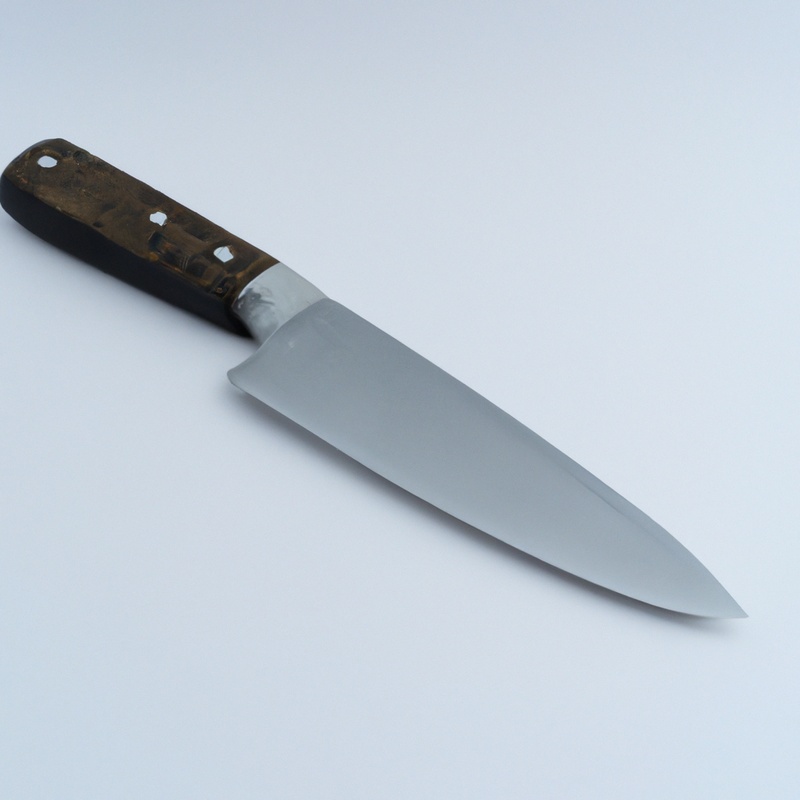
Preparing for filleting: cleaning and scaling the cod
Before filleting a cod with a fillet knife, it is important to prepare the fish properly by cleaning and scaling it. Cleaning the cod involves removing the scales, head, and guts.
Scaling can be achieved using a scaler or scraping the fish with the back of a knife to remove the scales.
Once the scales are removed, cut off the head and make a cut along the belly to remove the guts. Rinse the fish under cold water to remove any excess blood or debris.
This will ensure that the meat remains fresh and free of any unwanted odors or flavors.
Choosing the right fillet knife for the job
Choosing the right fillet knife is crucial when filleting a cod. A flexible blade with a sharp edge is highly recommended for the job.
The blade length should be chosen based on the size of the fish to be filleted.
A blade length of 7-9 inches is ideal for cod. Look for a fillet knife with a comfortable handle to ensure a secure grip and better control of the blade.
Avoid using generic kitchen knives as they may not have the flexibility required for filleting and can make the process difficult and dangerous.
It’s recommended to invest in a high-quality fillet knife specifically designed for this task. With the right fillet knife, filleting a cod can be a breeze.
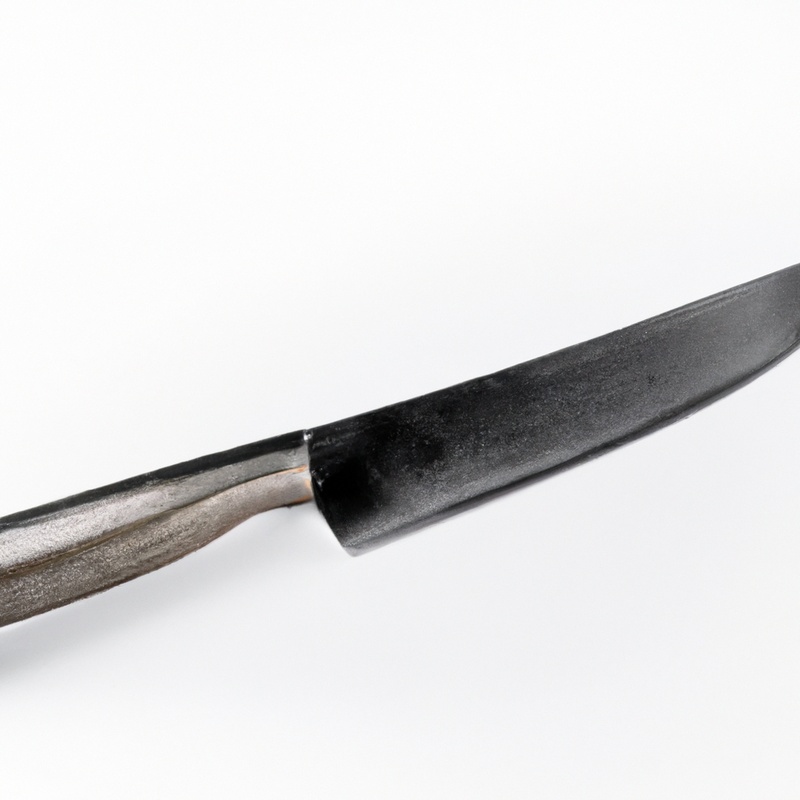
Properly handling and gripping the fillet knife
In order to properly handle and grip a fillet knife, it is important to maintain a firm and comfortable grip on the handle with your dominant hand. Your other hand should be used to support and stabilize the cod.
Make sure your fingers are secured away from the blade to prevent any accidents.
Additionally, it’s important to keep the blade sharp, which will make it easier and safer to cut through the fish. Always make sure to hold the knife with a slight angle towards the fish and use a smooth, deliberate motion when cutting.
Avoid using excessive force, as this can cause the blade to slip and result in an injury.
Finally, when not using the fillet knife, store it in a safe and secure location, preferably in a sheath or knife block, to prevent any accidents or damage. Properly handling and gripping the fillet knife is crucial for successfully filleting a cod and ensuring your safety.
Making the first cut to remove the head
To make the first cut and remove the head of a cod, firmly hold the fish down by the head with one hand, and with the fillet knife in the other hand, carefully make a cut behind the gills until the knife reaches the spine. Then, angle the blade towards the head and cut through the spine to remove the head entirely from the fish.
Be careful not to cut too deeply or too shallowly so that the meat’s quality is not compromised.
Removing the cod’s guts and internal organs
To begin removing the cod’s guts and internal organs, make a cut starting from the base of the gills all the way down to the anus using the fillet knife. Be careful not to puncture the intestines, as this can cause the contents to contaminate the flesh.
Once the cut has been made, remove the guts and internal organs using a spoon or your hand.
Discard these parts of the fish appropriately. It’s essential to remove the guts and internal organs as quickly as possible after catching or buying the fish to ensure the flesh remains fresh and safe for consumption.
Leaving these parts of the fish inside while filleting can cause the flesh to spoil quickly and can also give the fillet an unpleasant taste and odor.
Once the guts and internal organs have been removed, proceed with filleting the fish by making a cut along the spine and separating the fillet from the bone. Remember to handle the fillet knife with care and keep your fingers away from the blade.
With practice and patience, you can become proficient in filleting a cod and enjoy fresh, delicious fillets in your meals.
Keep reading to learn the next steps in the process.
Cutting along the spine to separate the fillet from the bone
To remove the fillet from a cod, it’s necessary to cut along the spine. Start by positioning the fillet knife against the backbone near the head of the fish.
Make a small incision, and then glide the knife along the spine, separating the fillet from the bone.
Be cautious not to cut through the bones or remove any excess flesh, which may reduce the fillet’s overall quality. Rotate the fish and repeat the process on the opposite side to obtain two fillets.
Removing the rib bones from the fillet
To remove the rib bones from the fillet after separating it from the spine, place the fillet skin-side down on a flat surface. Use your fillet knife to cut through the meat along the center of the rib cage, just above the ribs.
Next, make a second cut along the bottom of the ribs, separating them from the flesh.
Then, gently lift the ribs up and away from the fillet while slicing through the small bones connecting them to the flesh. You may need to use your fingers to pull the rib bones away as you work through them.
Be careful not to leave any small bones behind as you remove the ribs.
Once the rib bones have been removed, double-check the fillet for any remaining bones and trim them using your fillet knife. With the rib bones removed, your cod fillet is ready to be skinned, trimmed, and prepared for cooking.
Removing the skin from the fillet
Removing the skin from the fillet is an essential step that should be carried out with precision to achieve a perfect fillet. To remove the skin, lay the fillet skin-side down on the cutting board and stabilize it with your non-dominant hand.
With the fillet knife in your dominant hand, insert the blade at the tail end of the fillet between the skin and the meat.
Next, angle the blade toward the skin and apply a gentle, yet firm pressure to guide the blade along the fillet. As you move along, wiggle the blade slightly to loosen the skin from the meat and take your time to ensure you don’t cut through the skin or leave any meat on the skin.
Once you’ve made it to the other end of the fillet, use your free hand to hold the skin down and use your fillet knife to cut through any remaining skin fibers.
If you encounter any tough spots or bones along the way, use the tip of the knife to carefully remove them. Removing the skin from the fillet is an important step in achieving a clean, boneless fillet.
By following these steps and taking your time, you can master the technique and enjoy perfectly prepared fish fillets every time.
Trimming any remaining bones and ensuring the fillet is clean
After removing the rib bones, search for any remaining bones in the fillet. Use tweezers and a sharp knife to remove them carefully.
Ensure that the fillet is clean and devoid of any bloodlines or connective tissues, which can cause a fishy taste.
Rinse it under cold running water and pat it dry with a paper towel or a clean cloth. Repeat the process for the other fillet.
Once done, inspect the fillets again to ensure that there are no bones or impurities before cooking.
Trimmed, boneless fillets are ready for cooking or freezing.
Properly storing the fillets after filleting
After filleting a cod, it is crucial to store the fillets correctly to maintain their freshness and quality. Here are some tips for properly storing your cod fillets:
- Rinse the fillets with cold water and pat them dry with a paper towel.
- Place the fillets in an airtight container or bag, and make sure to remove any excess air before sealing.
- Label the container with the date of filleting to ensure you use the fillets before they spoil.
- Store the fillets in the coldest part of your fridge, typically between 0-4°C.
- Use the fillets within 3-4 days for optimal freshness.
- For long-term storage, you can freeze the fillets in airtight containers or bags for up to 6 months. It would be best to wrap them tightly with freezer wrap first.
By following these simple steps, you can ensure that your cod fillets remain fresh and safe for consumption, even after a few days or weeks in the fridge or freezer.
Final Verdict
Filleting a cod using a fillet knife may seem daunting at first, but with the proper techniques and tools, it can be done with ease. From cleaning and scaling the cod to removing the bones and skin, following the steps in this guide will ensure a clean and delicious fillet.
Remember to choose the right fillet knife for the job, handle it properly, and store the fillets correctly after filleting.
By practicing these skills, you can become a pro at filleting cod and impress your friends and family with your culinary expertise. With this knowledge, you can confidently approach the task of filleting a cod and produce restaurant-quality fillets in no time.
Trust yourself, follow the steps, and enjoy the fruits of your labor.

